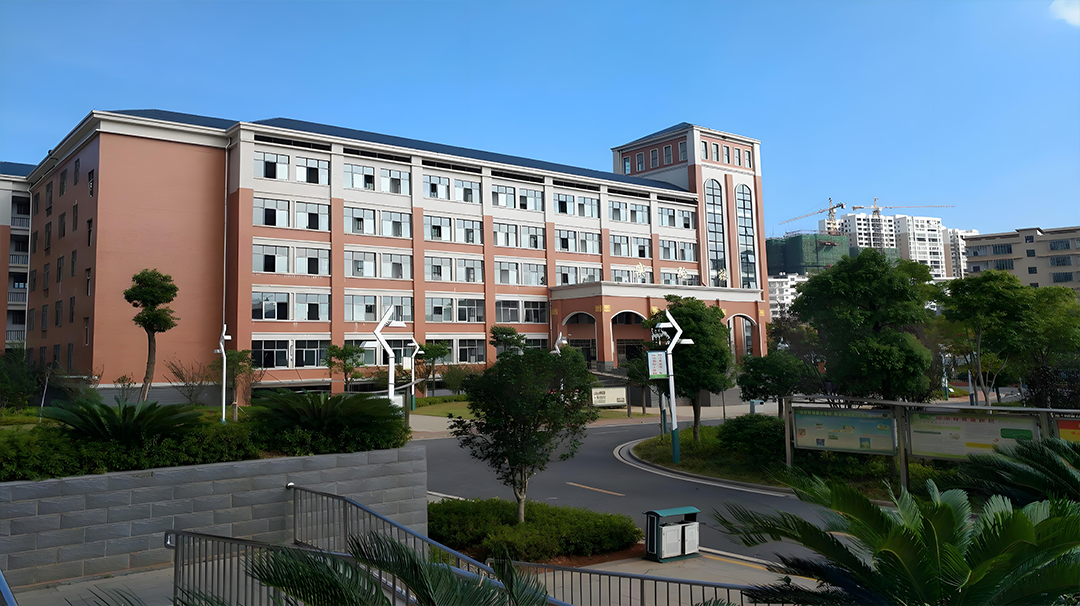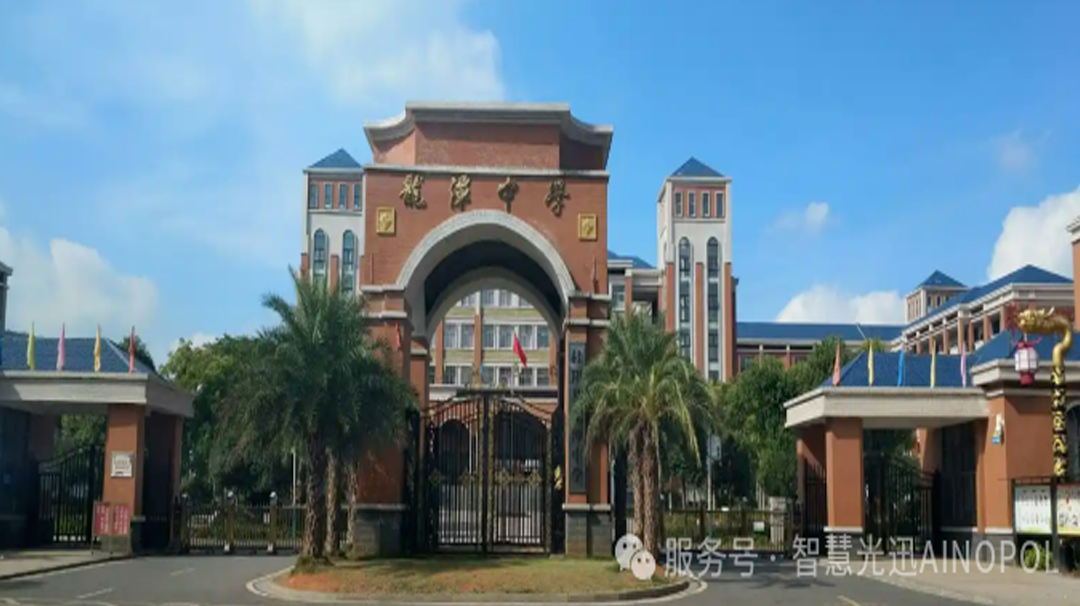
Campus wireless coverage all-optical network
Campus wireless coverage all optical network
The Tenth Experimental School of Yanhu District is located at the northwest corner of the intersection of Wushui West Street and Mianxi Road in Yuncheng City, east of Tianxicheng Community, and west of Rainbow Group. It is a nine-year integrated public school invested and constructed by the Yuncheng Municipal Government. The school covers an area of 61.04 acres with a total construction area of 27000 square meters. With the rapid development of information technology, schools have keenly captured the opportunities for change brought by all-optical networks and decided to lead the trend in building all-optical smart campuses.
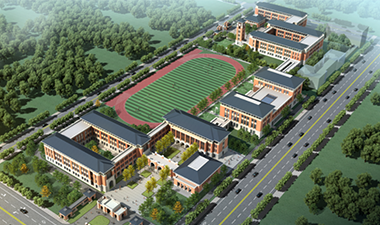
scheme design
1. WiFi coverage seamless roaming:
Realize wireless coverage in various areas such as classrooms, conference rooms, offices, dormitories, and public service areas. When teachers and students move around the campus, the network can automatically switch without the need for manual reconnection, ensuring the continuity and stability of the network.
2. Authentication mechanisms for different roles:
Provide secure and convenient authentication methods for different roles such as administrators, teachers, and visitors to ensure compliance and security of network access. Users with different roles have different network access permissions to ensure network security and rational allocation of resources.
3. Unified management and convenient operation and maintenance:
Realize centralized management and efficient operation and maintenance of campus network equipment, reduce management costs, and improve operation and maintenance efficiency. Administrators can monitor the real-time operation status of network devices, configure network parameters, and perform troubleshooting operations through the EAAS cloud management platform.
4. Fiber optic networking
Adopting fiber optic backbone network to build a high-speed and stable all-optical network for schools. Fiber optic networks have advantages such as high bandwidth, low loss, and anti-interference, which meet the needs of various teaching and management applications in schools.
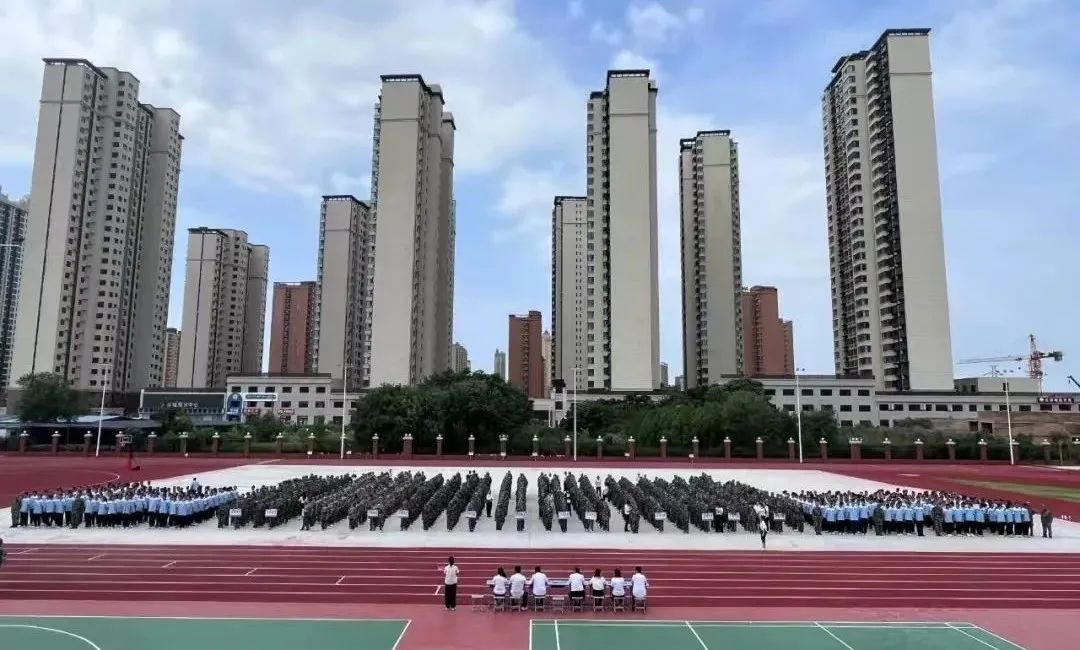
Why use all-optical networks
1. Higher bandwidth: With the continuous advancement of educational informatization, schools have an increasing demand for networks. all-optical networks can provide schools with high-speed and stable network connections, supporting various applications such as multimedia teaching, online learning, and intelligent management.
2. More stable transmission: Electrical transmission is prone to electromagnetic interference and signal attenuation during long-distance transmission, while PON all-optical networks use optical fibers as transmission media, which are not affected by electromagnetic interference and have higher signal quality.
3. More environmentally friendly and energy-efficient: The construction process of all-optical networks does not require a large amount of metal materials, reducing the consumption of natural resources. The device has relatively low power consumption, and fiber optic transmission does not require power supply, reducing energy consumption and campus carbon emissions
4. Longer transmission distance: Fiber optic transmission has low loss and can maintain signal strength and quality during long-distance transmission. The maximum relay free transmission distance can reach 20 kilometers, making it suitable for large campus coverage.
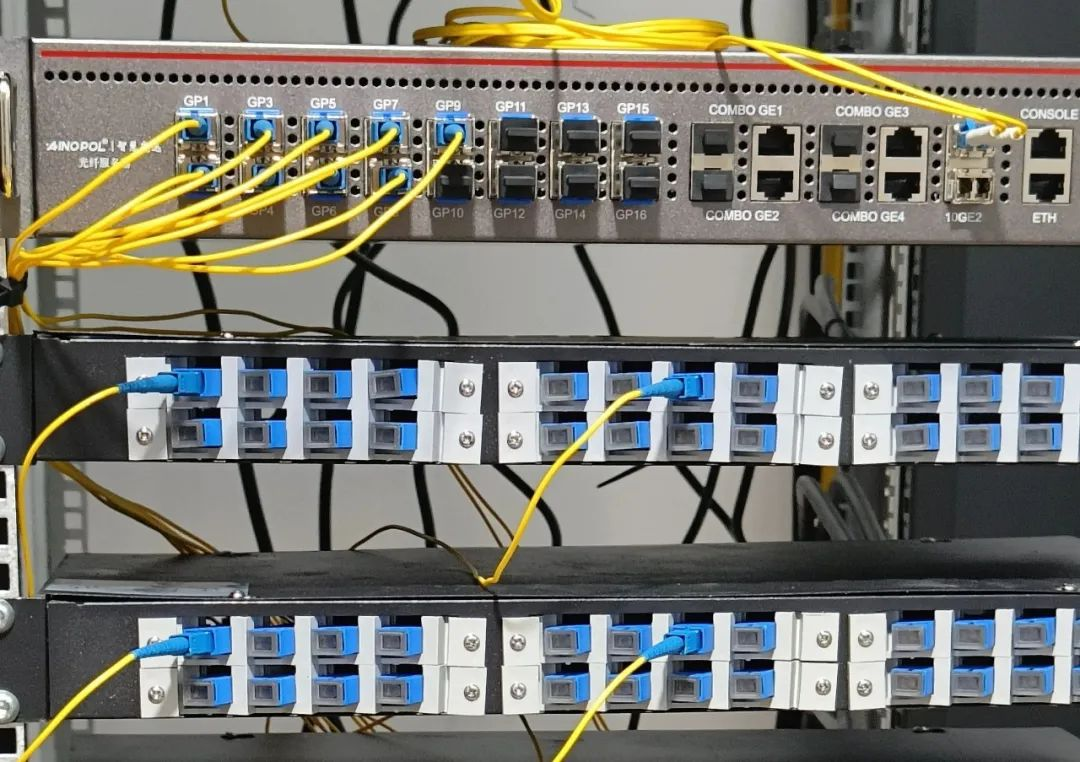
Network Architecture
1. Using OLT as the core equipment for optical links
OLT, as the core equipment of optical links, is responsible for connecting fiber optic networks and user terminal devices. OLT has the characteristics of high bandwidth, high reliability, and strong scalability, which can meet the needs of large-scale network access in schools.
2. Different functional APs achieve full WiFi coverage
Using three different types of APs as user terminal devices to provide flexible wireless network access services for teachers and students. Light absorbing ceiling AP is suitable for large space places such as classrooms and conference rooms, desktop AP is suitable for small space places such as offices and dormitories, and outdoor AP is suitable for outdoor places such as playgrounds and building corridors.
3. Use VLAN for logical isolation
Using VLAN technology to logically isolate the office network and teaching network, ensuring network security and stability. The office network and teaching network use different VLANs to avoid mutual interference. VLAN technology can also improve network management efficiency and facilitate network administrators to manage and maintain different networks.
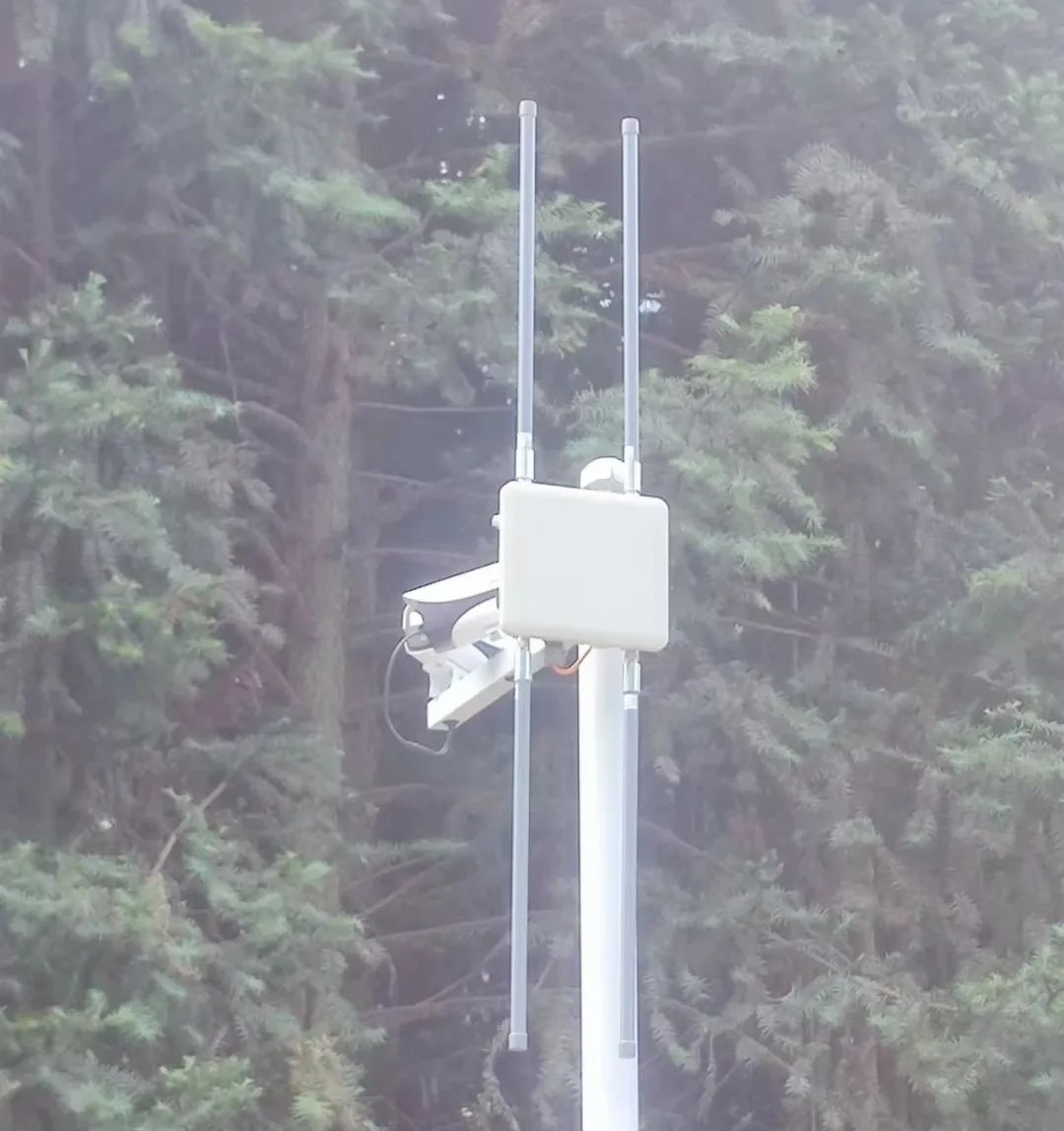
Wireless applications
1. E-book bag
The e-book bag ensures wireless teaching for all teachers and students, improving teaching efficiency and quality. Students can engage in online learning, homework submission, exams, and other activities through the e-book package, while teachers can use the e-book package for teaching management, homework grading, grade statistics, and other tasks.
2. Wireless office
Although there are wall partitions in the corridors and other areas, a reasonable AP layout ensures signal strength and enables teachers to access the network for office management anytime and anywhere in the corridors and other areas.
3. Outdoor public areas such as playgrounds
During gatherings or sports events, there are dense crowds and large concurrency. The campus wireless network provided by all-optical network and outdoor AP can meet the high concurrency network requirements, ensuring that teachers and students can also use the network normally outdoors.
4. The lecture hall is specially optimized for large space and user intensive scenarios to ensure the stability and speed of wireless networks. Provide high-speed and stable network connection for the lecture hall, supporting multimedia presentations, remote meetings, and other activities.

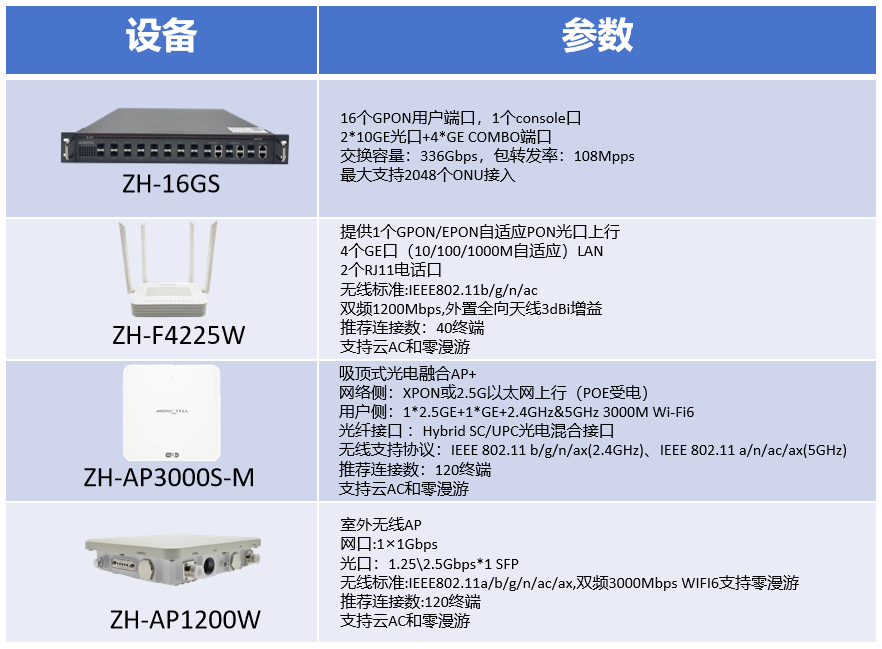
What else can we do besides these?
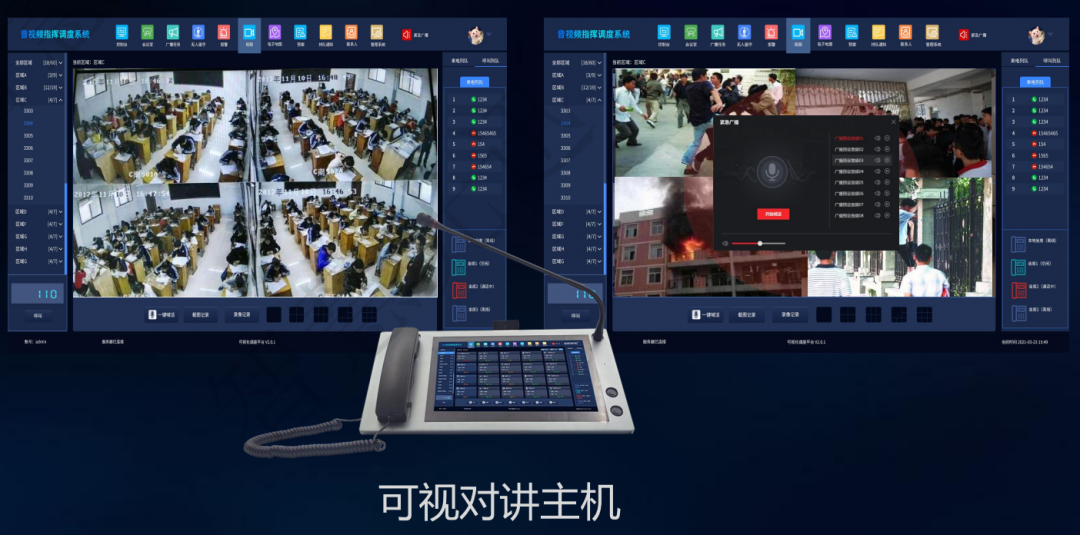
The campus all-optical network project of Yuncheng No.10 Primary School is a typical case of a smart campus. By introducing advanced all-optical network technology, we provide an efficient, stable, and secure network environment for teachers and students, which effectively supports the improvement of the school's teaching quality and management level. In the future, we will continue to explore more innovative applications to create a better campus life for teachers and students.

